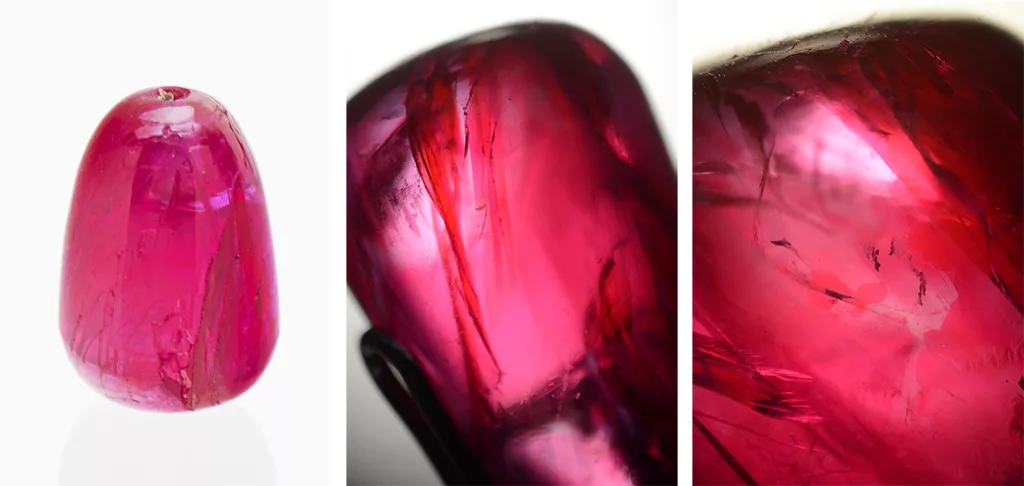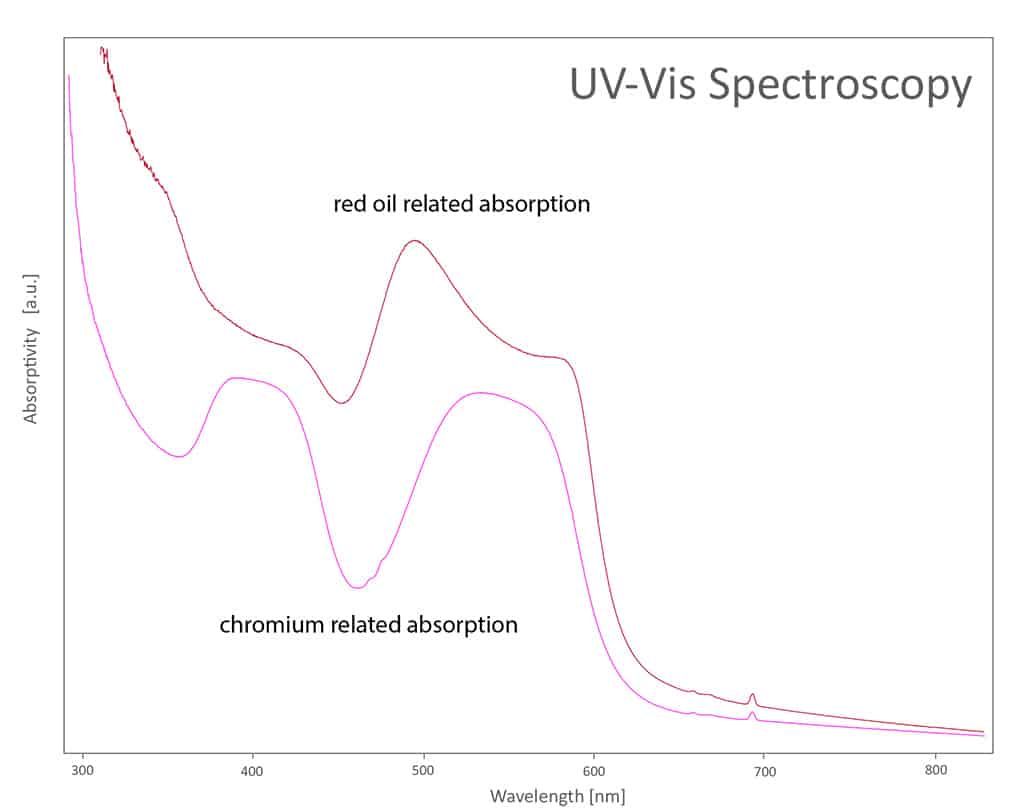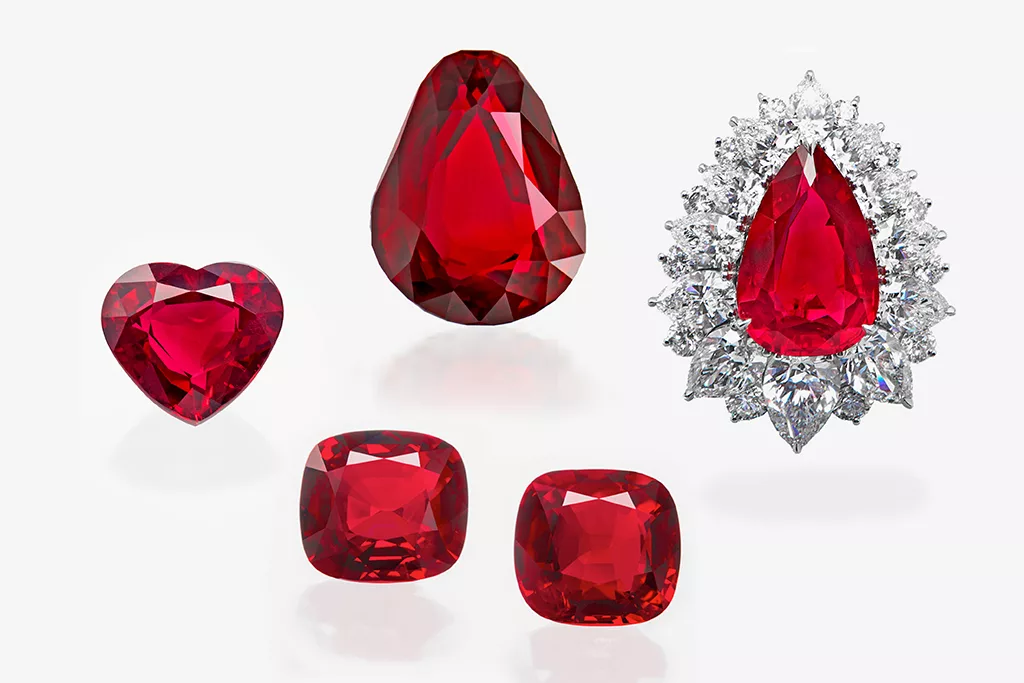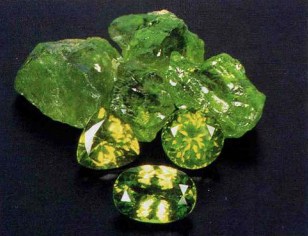
Dyed corundum from Burma
by Dr. M.S. Krzemnicki, first published in Facette 27 (June 2021)

It cannot be repeated often enough: any gemstone which contains fissures is prone to be treated with fissure filling substances, either by using a colourless or coloured substances (e.g. oil). Even when the stone comes from a famed mining source such as the Mogok Stone Tract in Burma (Myanmar).
A very instructional example was recently submitted to SSEF. This drop-shaped stone of 10 ct contained numerous fissures and visually looked like a beautiful pinkish red ruby (Figure 1). Although confirmed by EDXRF chemical analyses to be a corundum, the very low chromium concentration made its vivid colour quite suspicious. These doubts were confirmed by closer microscopic investigations which revealed, that this Burmese stone was in fact originally only a light pink sapphire which had been dyed by filling the numerous fissures with red oil (Figure 2). Infrared and UV-Vis absorption spectra (Figure 3) readily confirmed the presence of coloured oil in this treated corundum.



